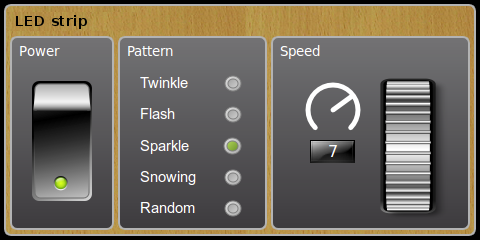Xped, an australian startup, has designed an ecosystem comprised of an Arduino shield with NFC and 802.15.4 connectivity, a Raspberry Pi Model B+ based gateway, and DeB browser that generates a user interface in Android, iOS, or Linux based on an XML file stored in an Arduino board. This allows to connect various objects wirelessly, with reduced power consumption thanks to 802.15.4, and to create user interfaces easily with a text file located in your Arduino board.
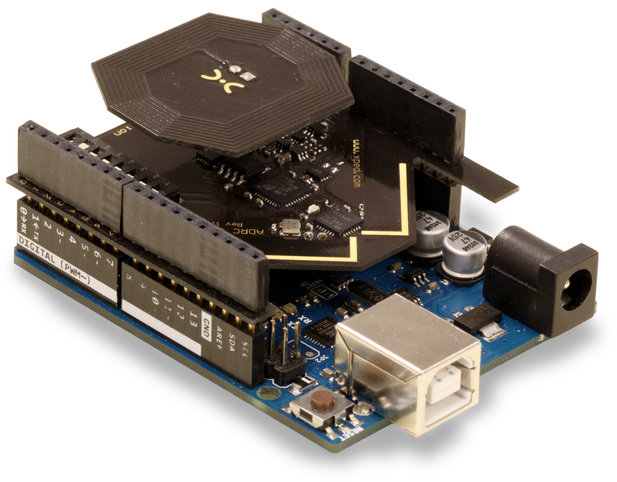
ADRC stands for Auto-Discovery Remote Control, and that’s what Xped ADRC Shield allows thanks to the following hardware specifications:
- MCU – RM Cortex M3 32-bit microcontroller with 256 KB of FLASH memory.
- NFC – NDEF Type-2 Tag with bi-directional communications capability.
- NFP proximity communications technology which is similar to NFC but was developed by Xped to use less than 1,000th of the power and provide faster speeds than NFC. It is mainly used for battery powered devices such as sensors.
- 802.15.4 MAC layer communications protocol.
- Compatible with Arduino UNO, Zero, or DUE
NFC is used for easy pairing with your smartphone, but it’s optional. ADRC library for Arduino will be provided.
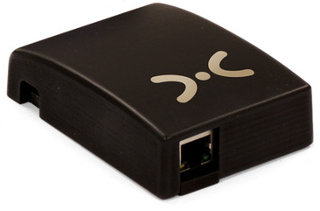
Since phone do not support 802.15.4 communication, ADRC Hub based on Raspberry Pi Model B+ acts as a gateway between the Arduino board, and the browsing device be it a smartphone or a computer. ADRC Hub needs to be connected to your Wi-Fi router via Ethernet, as it does not provide Ethernet connectivity.
Some of ADRC Hub hardware and software specifications:
- Raspberry Pi Model B+ with 8GB micro SD card
- Connectivity – 10/100M Ethernet, 802.15.4 radio, and NFC for touch to devices and phone
- Software – TCP networking adaptor, ADRC device server
- Hub services
- RCP.host protocol via TCP adaptor for network clients, and via D-Bus for local clients
- RCP.wire protocol via PAN interface
- Logging – Raw device event logs in compressed CSV text files
- Security – Internet connection using SSL or TLS (development in progress), PAN connection using individual AES-128 point to point encrypted links
That’s all for the hardware. DeB App for Android and Linux will allow you to browse connected ADRC devices, and load user interfaces such as the one below:
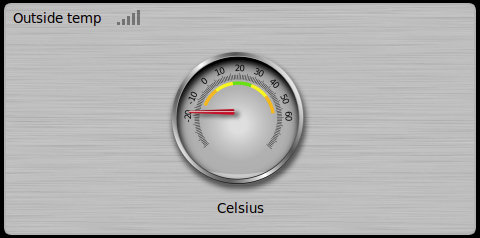 All you need to do is to rreate an XML file based on Resource Modelling Language (RML), and store it the shield. Code for the temperature sensor above:
All you need to do is to rreate an XML file based on Resource Modelling Language (RML), and store it the shield. Code for the temperature sensor above:
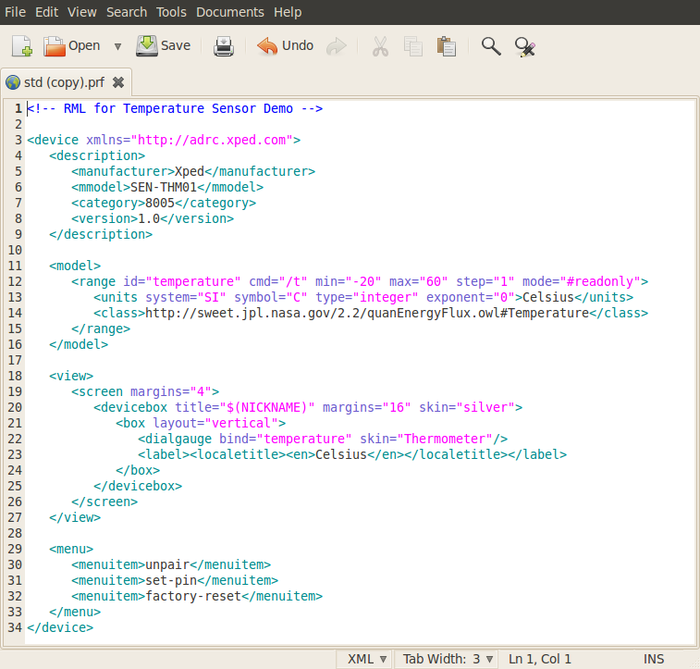 You can also make more complex user interface such as the one below to control an LED strip, still using an RML text file. Multiple “pages” are also supported, and they’ve also showed a guitar pedal interface spread over three pages.
You can also make more complex user interface such as the one below to control an LED strip, still using an RML text file. Multiple “pages” are also supported, and they’ve also showed a guitar pedal interface spread over three pages.
The kit will let you create projects using both Arduino and Raspberry Pi boards, turn your home into a smart home relatively easily for example by having a unified remote control (your smartphone) to control your TV, DVD, Blu-Ray players, air con thanks to an Infrared blaster, or monitoring and controlling appliances like lamps, coffee machines, fans, headers, etc. via smart plugs.
The company has launched a Kickstarter campaign to raise funds for mass production, and with 13 days to go the project has already reached its funding target ($18,000). An early bird pledge of $99 AUD ($85 US) will get your an ADRC Shield and Hub kit. There are currently over 60 left, after which the pledge will be $139 AUD. There are various other perks with more ADRC shields, and class room perks for 15 kits. Shipping is included to Australia, but they did not mention the shipping costs to the rest of the world and $15.00 AUD to the rest of the world. Delivery is scheduled for April 2015.
More information can also be found in Xped website.

Jean-Luc started CNX Software in 2010 as a part-time endeavor, before quitting his job as a software engineering manager, and starting to write daily news, and reviews full time later in 2011.
Support CNX Software! Donate via cryptocurrencies, become a Patron on Patreon, or purchase goods on Amazon or Aliexpress


